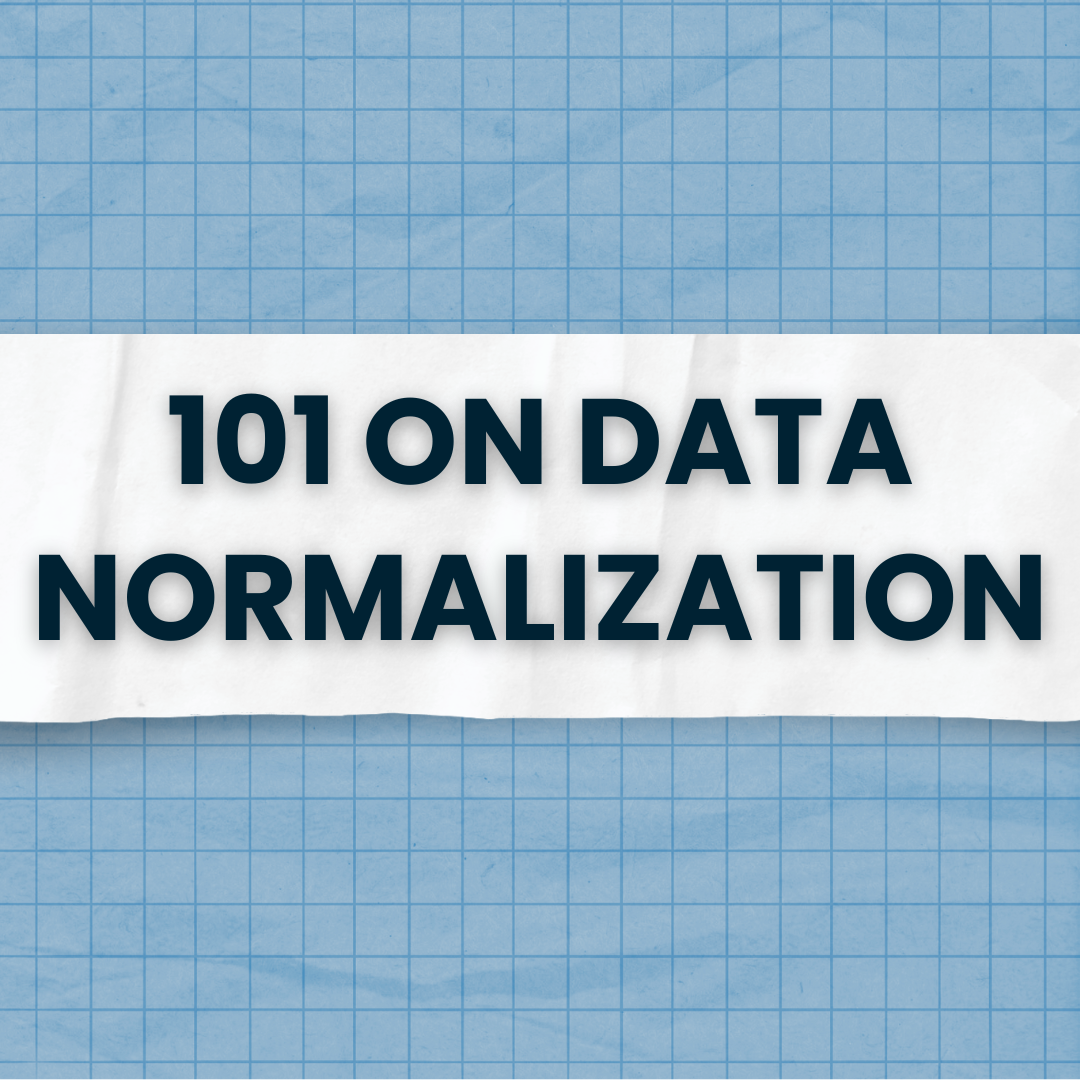What is Data Normalization and Why Your CSVs Need It

Discover what data normalization is, why it's important for organizing CSV files, and how it improves data accuracy, integrity, and usability.
If you’re anything like me, you’ve probably stared at a spreadsheet or a CSV file, feeling completely overwhelmed. Maybe you were trying to import contacts, upload product inventory, or just make sense of a report, and it felt like untangling a giant knot of digital spaghetti. Sound familiar? I’ve so been there. For the longest time, terms like “data normalization” sounded like technical jargon I could happily ignore. Big mistake! Understanding what is data normalization turned out to be a game-changer, and today, I want to break it down for you, minus the headache.
The Chaos Before the Calm: Why Un-normalized Data is a Nightmare
Okay, back to that digital spaghetti. When data isn’t normalized, you run into all sorts of annoying problems:
-
Redundancy: The same piece of information repeated over and over again (like a customer’s address listed with every single order they ever made).
-
Inconsistency: The same item called slightly different things (“T-Shirt,” “Tee Shirt,” “tshirt”).
-
Update Issues: Changing information in one place but missing it in others (nightmare!).
-
Import Errors: Trying to load this messy data into another application often results in cryptic error messages or data getting rejected.
This is where normalizing data comes to the rescue.
What Is Data Normalization?
Data normalization is the process of organizing data to reduce redundancy and improve integrity. Think of it as cleaning up a cluttered room — everything goes where it actually belongs.
In the context of a normalized database, this process ensures that every piece of data is stored only once. It’s a key part of the database normalization process, helping systems run faster and more efficiently.
The process of data normalization often involves breaking down big, messy tables into smaller, more manageable ones and using IDs or references to connect them.
Don’t Forget Data Validation!
Hand-in-hand with normalization often comes data validation. It’s simply the process of checking your data for accuracy and quality before or during the cleanup. Is that email address actually in a valid format? Is that date correct? You can’t effectively normalize data if it’s full of basic errors! The data validation is all about ensuring your data makes sense and meets certain rules.
A Quick Real-Life Example
Let’s say you’ve got multiple CSV files from different vendors, each with slightly different column headers for the same data — one says “First Name,” another says “FName,” and a third just says “Name.” Without normalization, combining these files is a mess. But with column mapping, you can standardize those headers into a consistent format (like “First_Name”) across the board. This makes it way easier to merge data, run reports, or import into another system.
Meet CSVNormalize: Your Flat File Fixer
Now, manually cleaning and normalizing data, especially in clunky CSV files, can feel like a chore. I remember spending hours trying to fix formatting issues, remove duplicates, and standardize entries. It’s tedious!
This is exactly where csvnormalize.com becomes such a lifesaver. It’s designed specifically to tackle these flat file headaches. Instead of getting lost in spreadsheet formulas or complex scripts, you can upload your messy CSV, and CSVNormalize.com helps apply normalization principles and crucial data validation checks automatically. It streamlines the cleanup, saving you precious time and ensuring your data is consistent and ready to use – whether you’re importing it, analyzing it, or sharing it. It takes the pain out of the process of data normalization for your CSVs.